In addition to what was said above, this project is my first leap into RF related projects, something that I actively want to pursue and learn about. I also am super interested in the outdoors and tactical space so of course I wanted to add that type of spin to the project. All the attached files are pictures of my progress so if you want to follow along, that's probably the best way. I will post major updates in logs.
Find the build photos here!
Feel free to let me know what I'm doing wrong, and hopefully how I can fix it.
Thanks for reading!
 Nate Schroeder
Nate Schroeder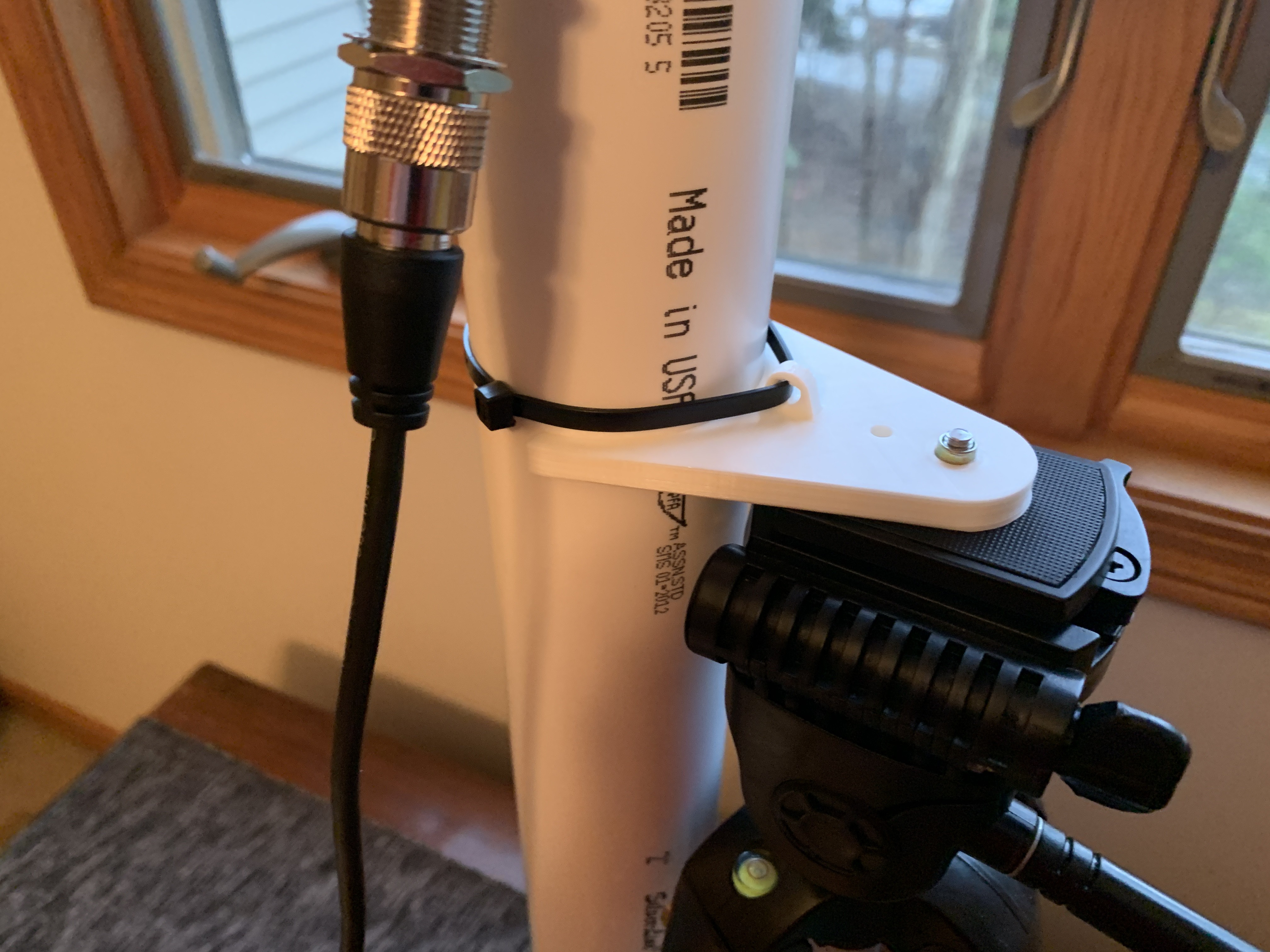


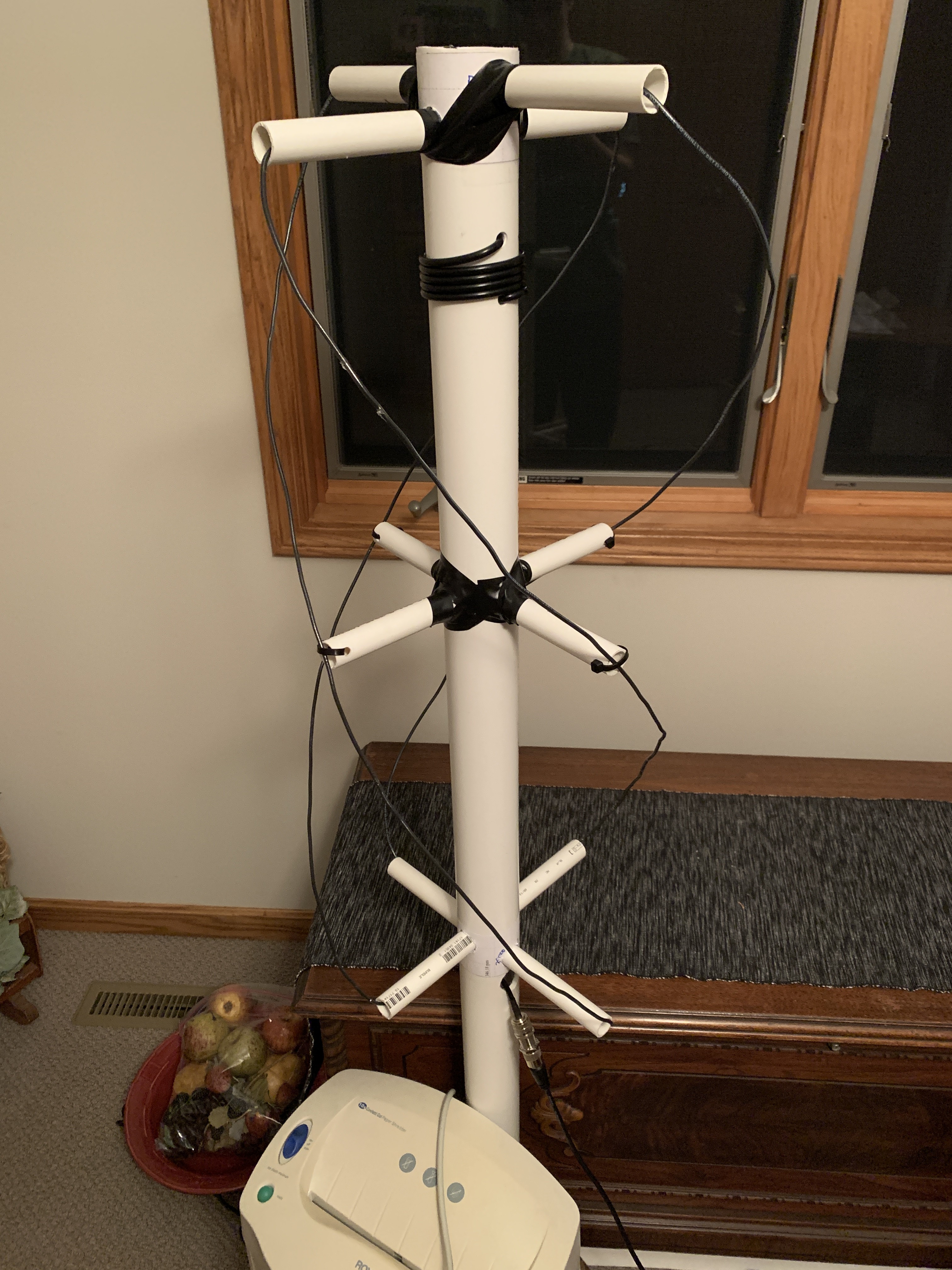
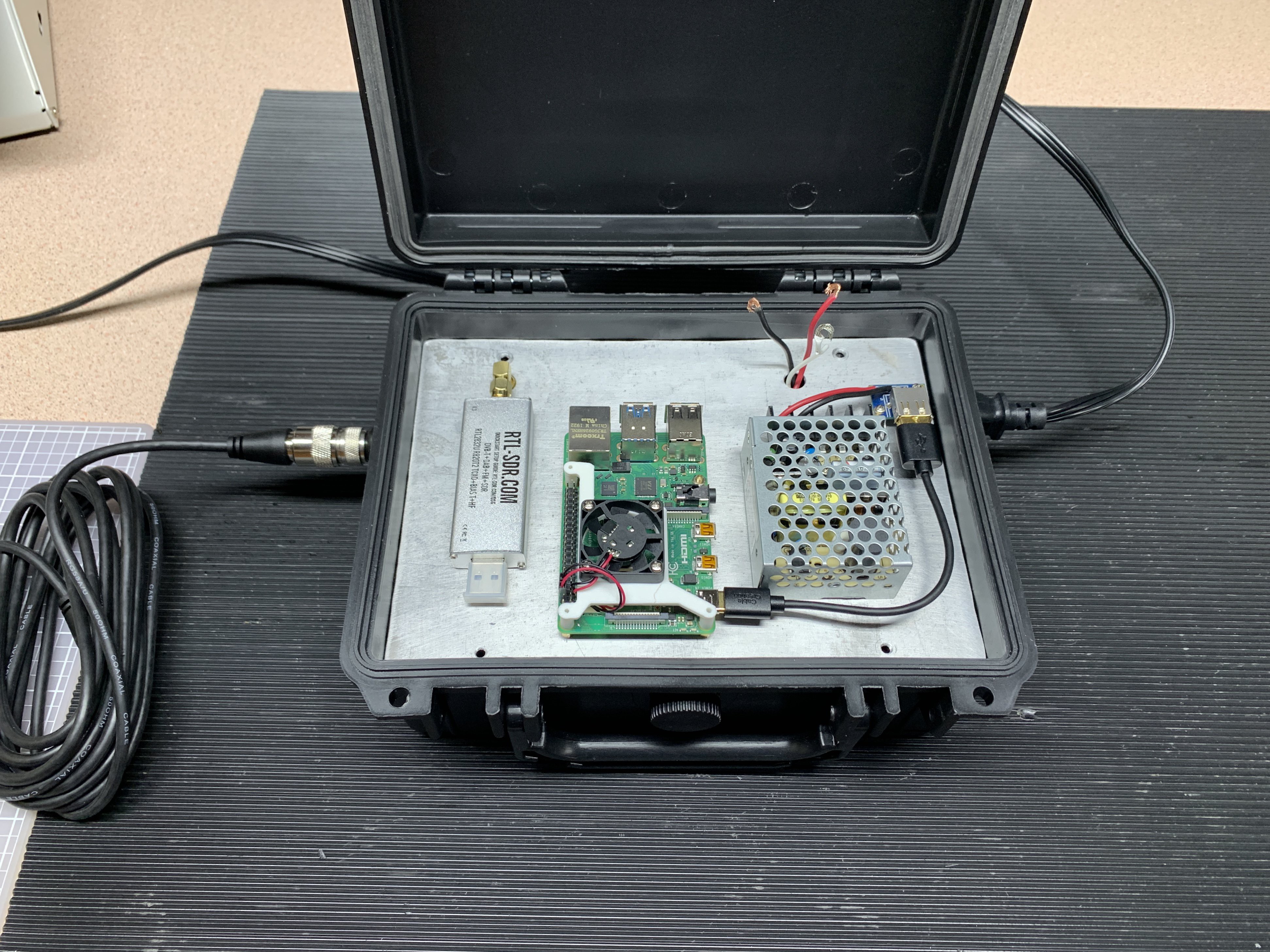
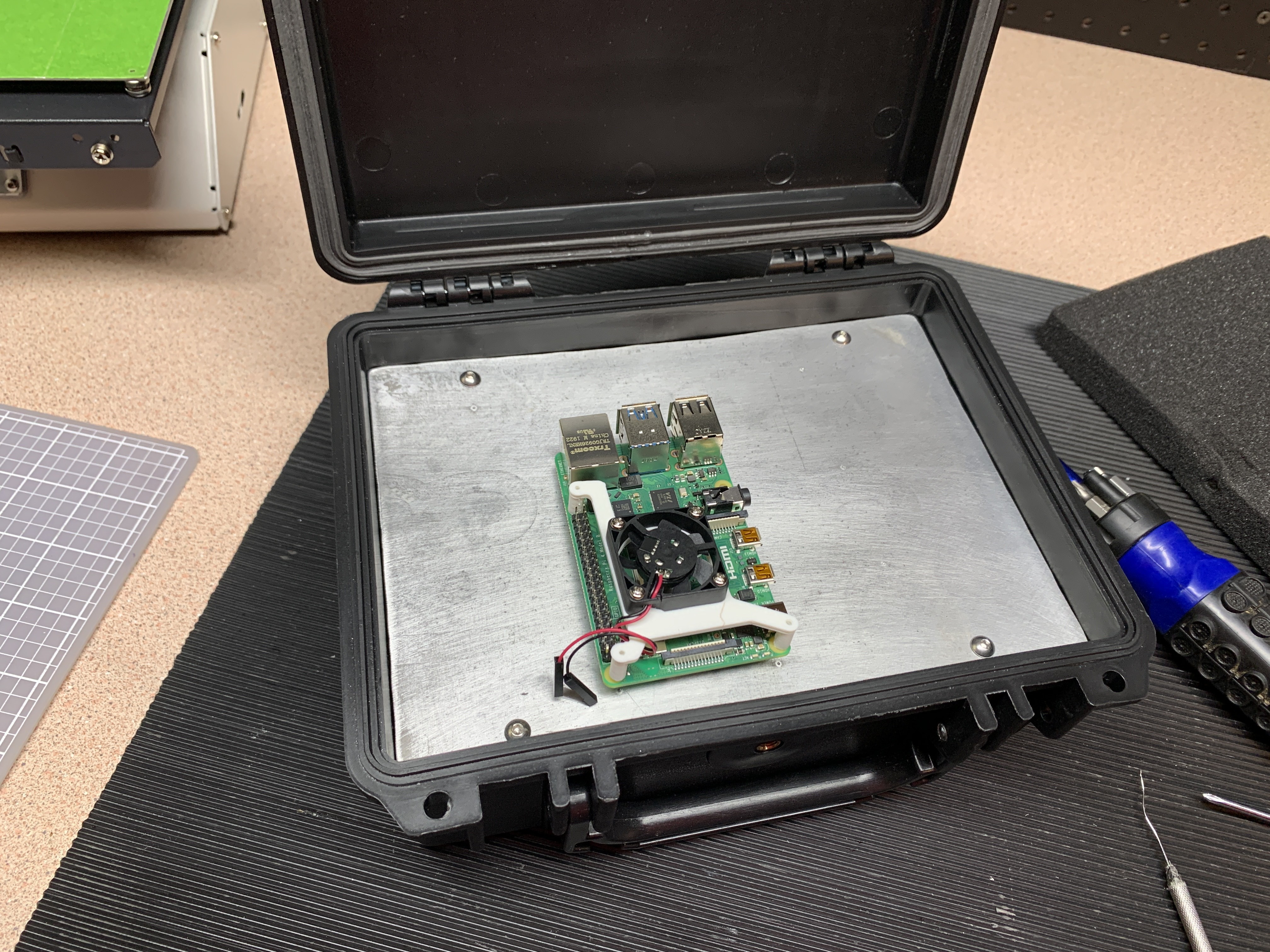

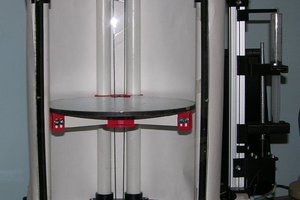
 Douglas Miller
Douglas Miller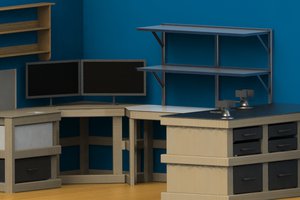
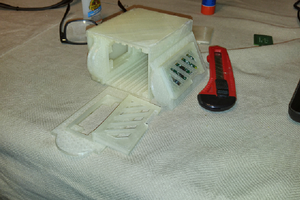
 txdo.msk
txdo.msk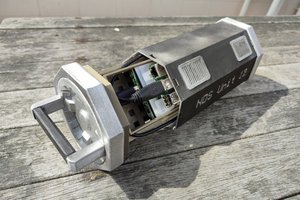
 sdfgeoff
sdfgeoff
rtl-sdr has the fm filter and your other problem could be the power supply that might be throwing hash out and interfearing